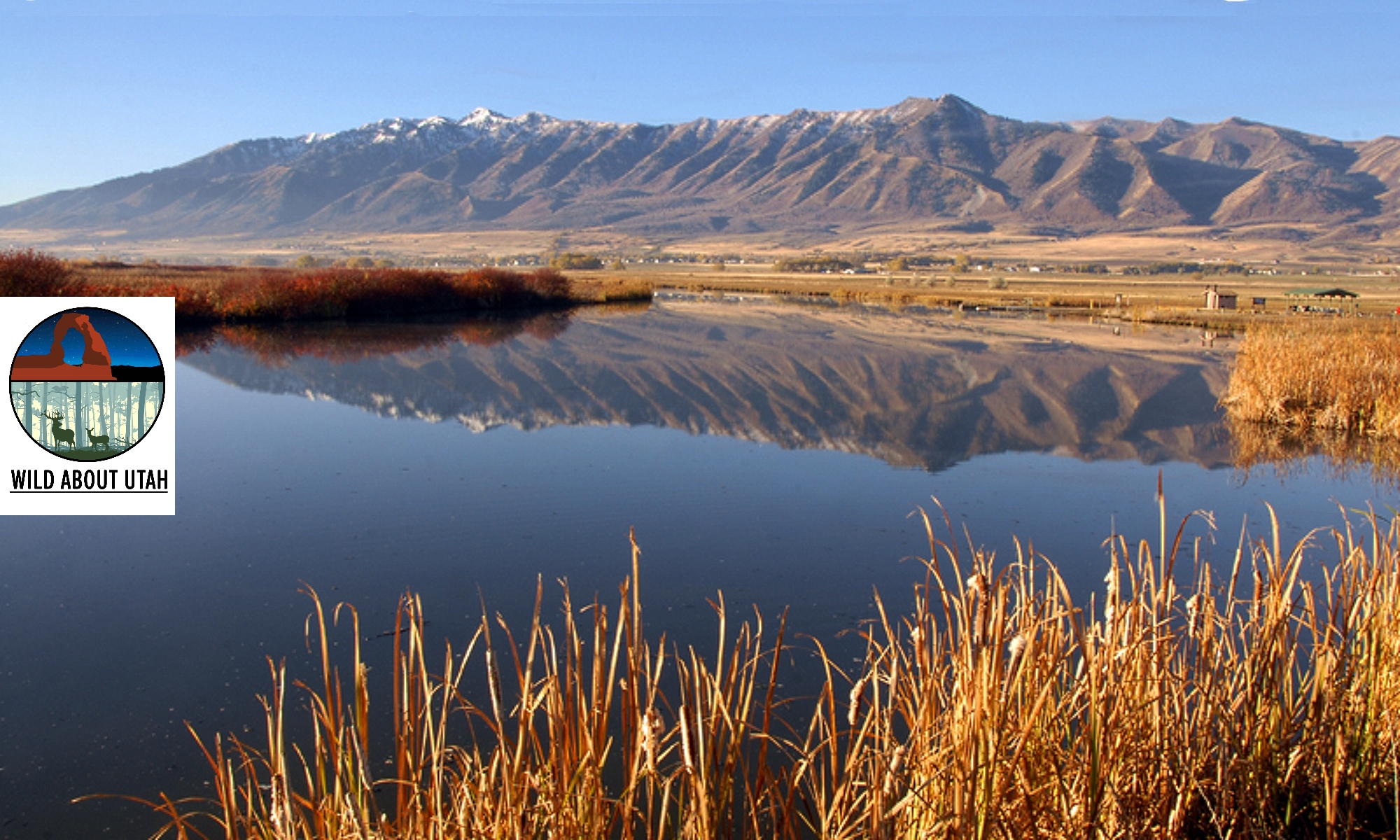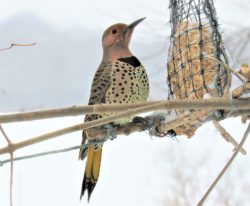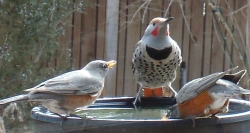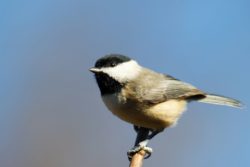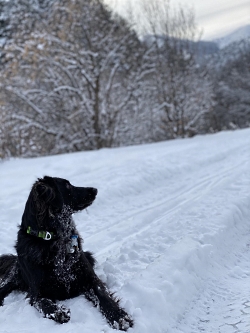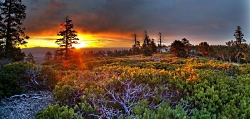
Courtesy Pixabay
Hunkering down has affected us all, myself included. At first I was angry with frustration, as I’m sure you were too. I wanted something or someone to blame, to witness and call wrong. I struggled to find meaning in any of it; I struggled to hear anything but fear. It took me a while to come to remind myself that this frustration, this search for orientation, is the human way; it is natural to feel as we do in the omnipresence of the unknown.
What I discovered though is that this perspective, natural as it may be, is harmful if lived too long. My search was a dangerous one: for some externality of blame in an effort to begin to wrest back seeming control. When this is the path you choose to take, you find, as I did, that your anger is not quenched, but instead stoked. My focus was consumed by a blackness; it burned into my eye like a mariner’s missing star.
How then does one change course towards hope, and if not acceptance, then duty, empathy, and discipline for our fellow man? How do we get through such times?
The Greek philosopher Heraclitus said that “For God all things are good and right and just, but for man some things are right and others are not.” When I do not understand the world, the world I love so dearly, I think of these ancient words. I am reminded of this wisdom as I find myself unconsciously passing judgement upon the things I cannot control, and it stops me. In this wisdom I am reminded that, while there may be something to fear, there is no righteousness to my anger. True righteousness instead stems from the lessons of spring; the lessons of hope: of living on with tenacity, industry, and love, even in the face, however distant, of winter.
The righteousness of hope is found, too, in our choice to harness our actions with humble intention in light of what is happening in the world and the toll that is being taken. And just as fear is begotten in the meandering anger of blame, hope lives in our individual conscious actions. Only together can our actions create constellations for others to follow: cosmos among the chaos, shining brighter than the void’s pull. That we will all choose to do what is right, though it will not be easy, even in the face of doubt and fear, gives me hope.
So from the crocuses, the robins, and the fresh mud of our beautiful Utah spring, don’t forget that the world is still good and continues to be every day, even if sometimes it does not feel like it. Remind yourself of the lessons of spring by opening your window, listening to the birds, smelling deep the thawing air, and choosing to den in these times, fulfilling the spring lessons of tenacity, industry, and love. Choose to fix yourself as another orienting light of hope for those who still only see the night, or those who do not look up at all, for the world is good, it is everywhere, and we will always be of it. Here is to the persistence of life and hope found in us all this spring.
I’m Patrick Kelly, and I’m Wild About Utah.
Hope-Credits:
Images: Image Courtesy Pixabay
Audio: Contains audio Courtesy & Copyright Kevin Colver
Text: Patrick Kelly, Director of Education, Stokes Nature Center, https://logannature.org
Included Links: Lyle Bingham, Webmaster, WildAboutUtah.org
Hope-Additional Reading
Campbell, Joseph, Moyers, Bill, The Power of Myth, Bantum Books, Knopf Doubleday Publishing, Excerpt Courtesy Google Books, Heraclitus said: For God all things are good and right and just, but for man some things are right and others are not.
